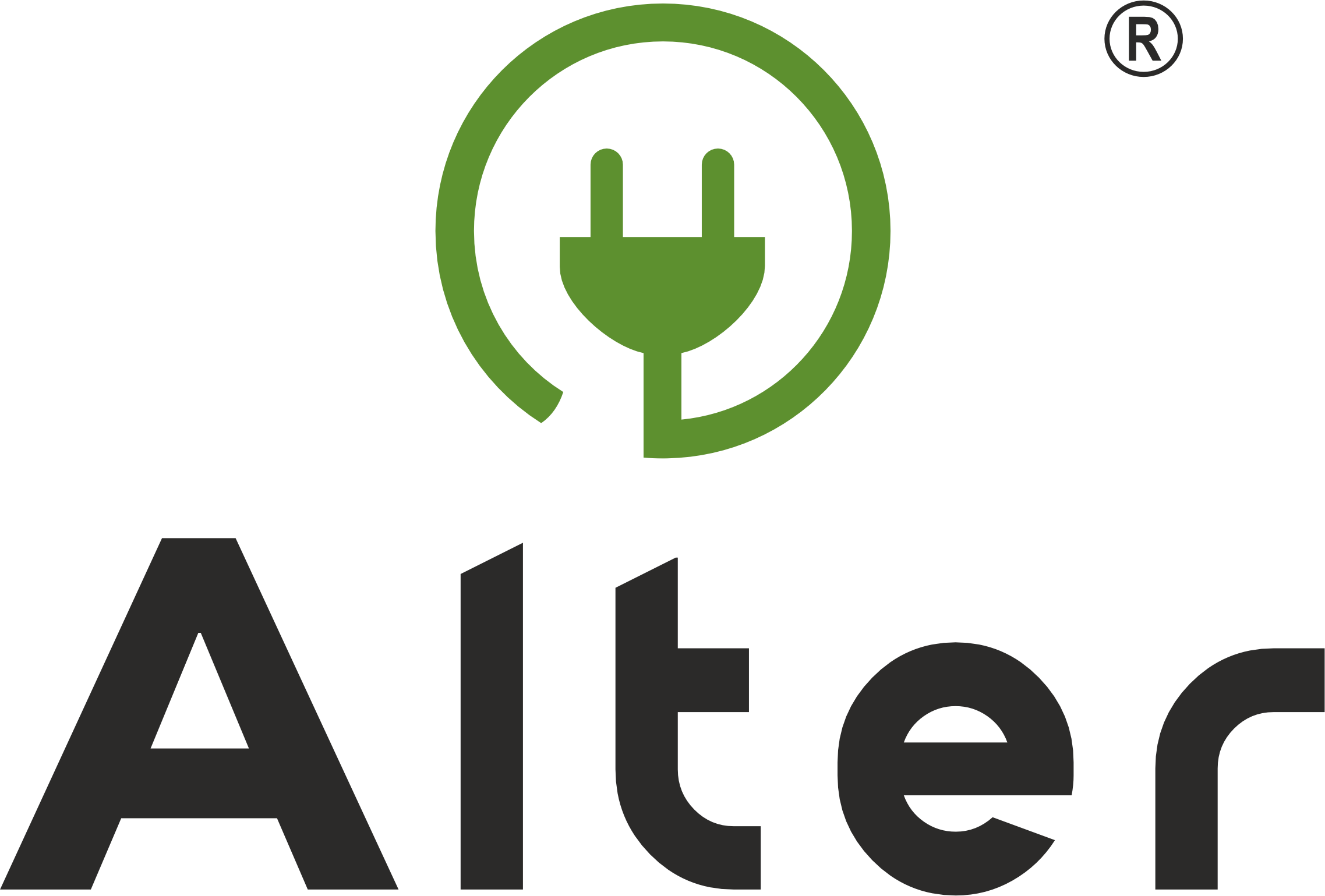Welcome to Alter Bikes Online Shopping Store!
Mar 13, 2024 / By Client Admin / in Electric Conversion Kit
Follow traffic legal guidelines and policies: When using your e-bike on public roads or pathways, adhere to site visitors policies and appreciate the rights of different road customers. Stay alert and vigilant to keep away from accidents and collisions.
Avoid extreme conditions: Refrain from riding your e-motorcycle in negative climate situations or risky environments that can compromise your safety. Exercise caution when navigating difficult terrain or unexpected routes.
Mar 01, 2024 by Client Admin
Feb 23, 2024 by Client Admin
